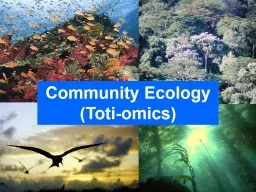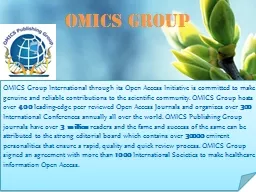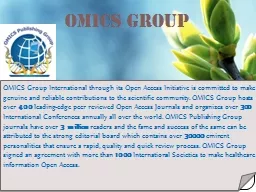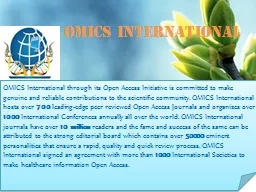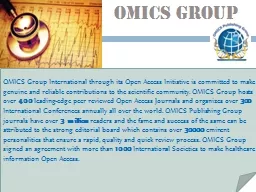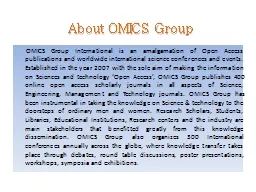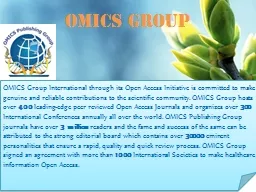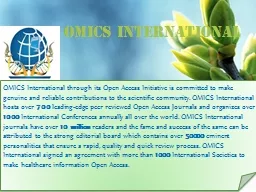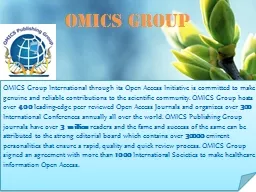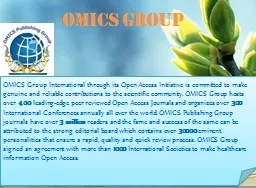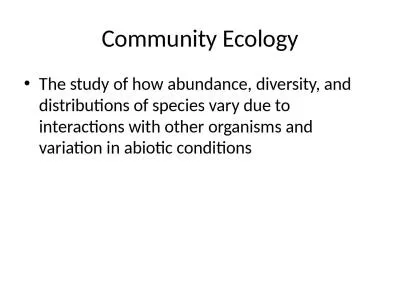PPT-Community Ecology (Toti-omics)
Author : SparkleQueen | Published Date : 2022-08-02
Geography Resources Phylogeny Community Redrawn from Fauth et al 1996 Community collection of species that occur at the same place amp time circumscribed by natural
Presentation Embed Code
Download Presentation
Download Presentation The PPT/PDF document "Community Ecology (Toti-omics)" is the property of its rightful owner. Permission is granted to download and print the materials on this website for personal, non-commercial use only, and to display it on your personal computer provided you do not modify the materials and that you retain all copyright notices contained in the materials. By downloading content from our website, you accept the terms of this agreement.
Community Ecology (Toti-omics): Transcript
Download Rules Of Document
"Community Ecology (Toti-omics)"The content belongs to its owner. You may download and print it for personal use, without modification, and keep all copyright notices. By downloading, you agree to these terms.
Related Documents

